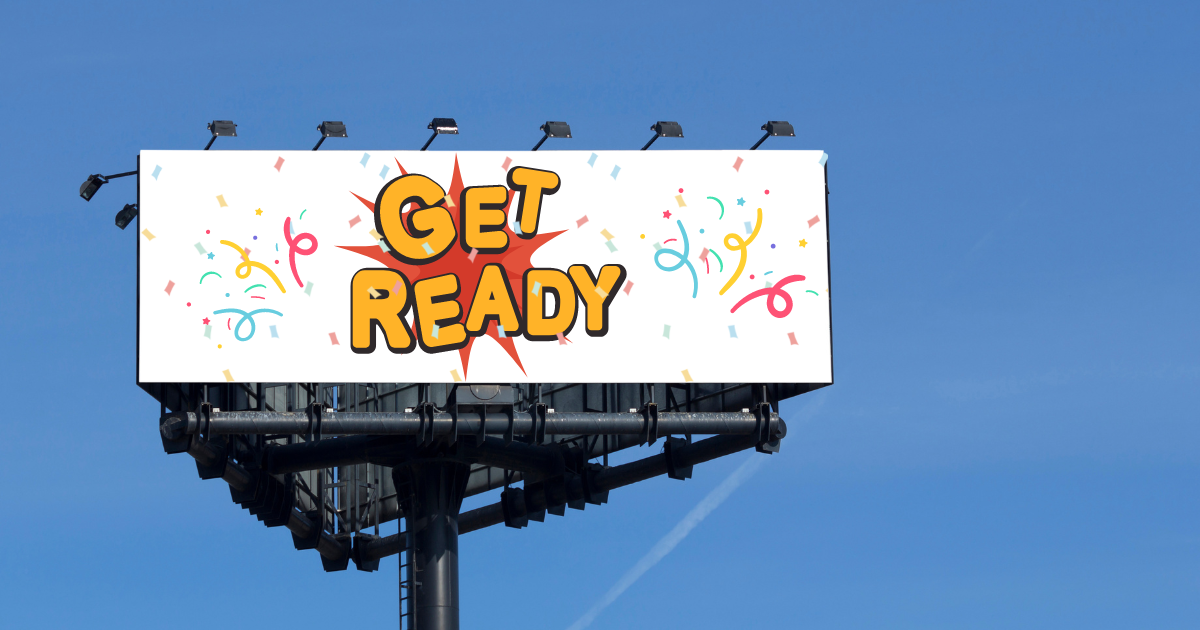
What are banner ads?
Banner ads are a type of digital advertising that appears on websites, apps, or social media platforms. They are designed to capture the attention of users and drive traffic to a website or landing page.
Banner ads are typically rectangular in shape and can vary in size. They can be static or animated and can contain text, images, or videos. They are often placed in prominent locations on websites, such as the top or side of a page, and can be targeted to specific audiences based on demographics, interests, or behavior.
One of the benefits of banner ads is their versatility. They can be used for a variety of purposes, including promoting a new product, increasing brand awareness, or driving sales. They can also be customized to match the look and feel of a brand’s website or other marketing materials.
Another benefit of banner ads is their ability to be measured and tracked. Advertisers can monitor the performance of their ads in real-time, including impressions, clicks, and conversions. This data can be used to optimize the ad campaign and improve its effectiveness over time.
However, there are also some drawbacks to banner ads. They can be seen as intrusive or annoying to some users, particularly if they are not relevant to their interests or are poorly designed. Additionally, banner ad blockers are becoming increasingly popular, which can limit the reach of these ads.
Despite these challenges, banner ads remain a popular form of digital advertising. In fact, they are projected to account for over $35 billion in global ad spend in 2022.
When creating a banner ad campaign, there are several key factors to consider. One of the most important is the design of the ad itself. It should be visually appealing, attention-grabbing, and easy to read. It should also include a clear call-to-action (CTA) that tells users what action to take next, such as “Learn More” or “Shop Now.”
Another important factor is targeting. Advertisers should consider who their ideal customer is and where they are likely to be online. They can then use this information to target their ads to specific audiences, such as by age, gender, interests, or geographic location.
Ad placement is also critical. Ads should be placed in locations where they are likely to be seen by the target audience. This can include popular websites or social media platforms, as well as specific pages or sections within those sites.
Finally, advertisers should monitor the performance of their ads and make adjustments as needed. This can include tweaking the design, targeting, or placement of the ads to improve their effectiveness.
Banner ads are a popular form of digital advertising that can be used to promote products, increase brand awareness, and drive sales. While they have some challenges, such as ad blockers and user annoyance, they also offer many benefits, such as versatility and trackability. When creating a banner ad campaign, it’s important to consider factors such as design, targeting, ad placement, and performance monitoring to ensure the campaign is effective and delivers a strong return on investment.





